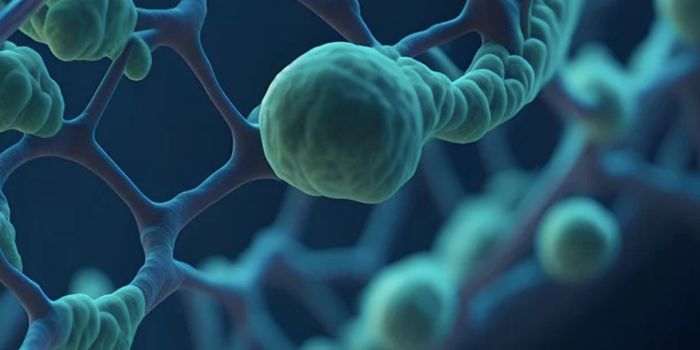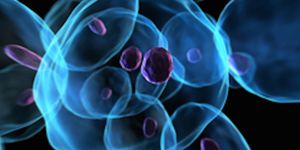Understanding the function of certain groups of non-coding RNAs will lead to a greater understanding of how certain illnesses that only occur in humans are caused or prevented, according to Stefanie Dimmeler, director of the Institute of Cardiovascular Regeneration in Frankfurt, Germany, and one of the first researchers to prove that a sub-group of micro-RNAs plays a role in regenerating blood vessels.

According to a website about epigenetics, non-coding RNAs (ncRNAs) are functional RNA molecules that are transcribed from DNA but are not translated into proteins. In general ncRNAs function to regulate gene expression at the transcriptional and post-transcriptional level. Those ncRNAs that appear to be involved in epigenetic processes can be divided into two main groups; the short ncRNAs and the long ncRNAs. The three major classes of short non-coding RNAs are microRNAs (miRNAs), short interfering RNAs (siRNAs), and piwi-interacting RNAs (piRNAs). Both major groups are shown to play a role in heterochromatin formation, histone modification, DNA methylation targeting, and gene silencing (http://www.whatisepigenetics.com/non-coding-rna/ ).
Dimmeler, who specializes in determining the basic mechanisms underlying cardiovascular disease and vessel growth in order to develop new therapies for improving the treatment of cardiovascular disease, believes that a large group of non-coding RNAs plays an important role in creating heart attacks, strokes and cancer. The objective of her research is to identify new treatments for preventing arteriosclerosis, in order to reduce the incidence of heart attacks and strokes.
As the recipient of the ERC Advanced Investigator Grant from the European Research Council (ERC), she will be able to study these genes, which appear to perform steering functions in the body. ERC has awarded Dimmeler 2.5 million Euros over the next five years for this purpose.
Dimmeler related that approximately 70 percent of human genes provide the blueprint for biomolecules whose function is now being explored. These non-coding RNAs are non translated into proteins; instead, they perform steering functions in the body, as explained in an article in Medical News Today (http://www.medicalnewstoday.com/releases/293879.php).
"If you asked me what was special about the evolutionary development of human beings, I would say it´s the more than 30,000 non-coding RNA, most of which we only share with primates," said Dimmeler. The article went on to say, "From the perspective of her research area, cardiovascular regeneration, it is especially noteworthy that vascular illnesses like arteriosclerosis, which causes heart attacks, only occur in their typical form in humans. There are many indicators that long, non-coding RNAs, lncRNAs for short, control these illnesses. They affect the inside layer of the blood vessels, known as endothelial cells, and help supply the organs and tissues with oxygen and nutrients."
Dimmeler is also attempting to determine whether ring-shaped lncRNAs, which are subject to special protective mechanisms once they are released into the blood, can be used as biomarkers for identifying illnesses in the vascular system or the heart. In order to do this, she will work with her group to create tests that can find these biomolecules in patients' blood during the different stages of cardiovascular illnesses.









